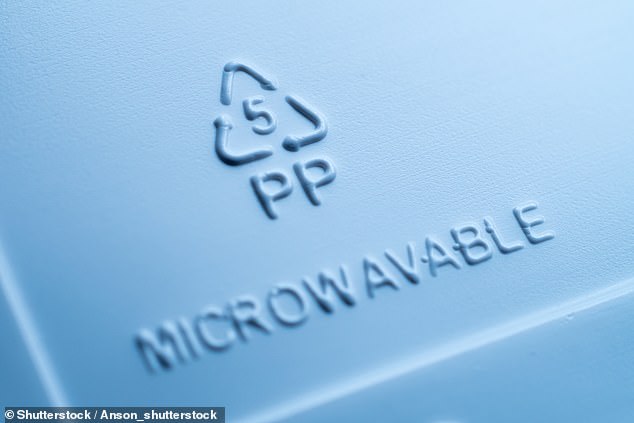
Decoding Two-Letter Symbols: Assessing Plastic Container Toxicity Risks
Decoding Plastic Food Containers: What Those Tiny Numbers Really Mean
A hidden two-letter code stamped on plastic food containers reveals their toxicity risks. Look for labels marked PP (polypropylene) or PE (polyethylene), which are safe for food contact. These codes, often near the recycling symbol, help identify safer plastics, especially when exposed to heat.
[Image: A plastic container marked "PP" with recycling symbol 5]
PP (Recycling #5): Widely used in takeout containers, PP is heat-resistant, BPA-free, and microwave-safe. It’s among the safest reusable plastics.
PE (Recycling #2 & #4):
- HDPE (#2): Found in milk jugs and detergent bottles.
- LDPE (#4): Used in plastic bags and squeeze bottles.
PET (#1): Common in water bottles, but designed for single use only. Repeated use increases chemical leaching risks.
Avoid These Recycling Codes
#3 (PVC): Releases toxic chemicals like lead and vinyl chloride when heated, linked to cancer, hormone issues, and developmental harm.
#6 (Polystyrene/PS): Found in foam cups and takeout containers. Leaches styrene, which can damage the nervous system and lungs.
#7 (Other): Often contains BPA, a hormone disruptor tied to infertility, developmental problems, and cancer.
[Image: A red "X" over symbols #3, #6, and #7]
Caption: Avoid plastics labeled 3, 6, or 7 due to toxic chemical risks.
BPA: The Hidden Danger
Bisphenol A (BPA), found in older clear, hard plastics, leaches into food, especially when heated. “Every single time they’re used, they’re leaching small amounts of BPA,” warns Dr. Laura Vandenberg of UMass Amherst. Even low exposure may harm fertility, hormone balance, and child development.
While newer Tupperware claims to be BPA-free, older containers (pre-2010) likely contain it.
Heat, Scrubbing, and Acidic Foods Increase Risks
- Microwaving plastic: Heat accelerates chemical leaching. Even “microwave-safe” labels aren’t foolproof.
- Abrasive cleaning: Scratches from scrubbing degrade plastic, releasing microplastics.
- Acidic foods: Tomatoes, citrus, and vinegar break down plastic over time.
“Some [chemicals] transfer from containers into food during heating,” cautions James Rogers of Consumer Reports.
Safer Alternatives
- Replace older plastics with BPA-free versions.
- Use glass or stainless steel for heat-intensive storage.
- Never reuse single-use plastics (e.g., #1/PET water bottles).
By checking codes and prioritizing safer materials, consumers can reduce exposure to harmful chemicals lurking in everyday kitchenware.
[Image: Glass containers and stainless steel bottles]
Caption: Switch to glass or stainless steel for long-term food safety.


